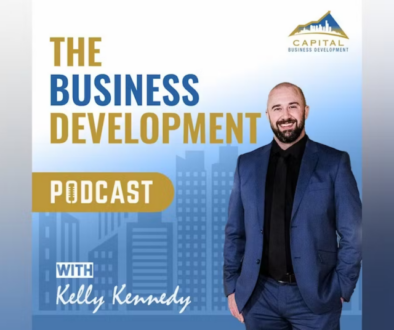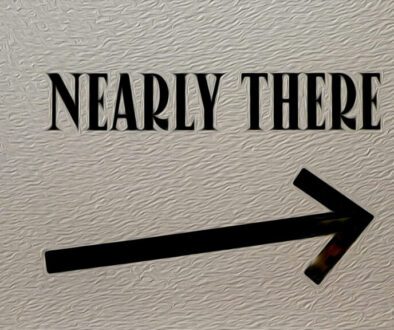I was chatting with a client recently and our conversation turned to pricing. This client runs a small business and the services he provides for his customers can be replicated by pretty much anyone in his industry—up to a point. So I asked him the question: What happens when the big guys come and offer the same services my client’s company does at a lower price as a loss leader?
Another recent conversation with a friend led to the revelation that her family’s medical practice had been purchased—by Amazon! Clearly it’s no longer retail that needs to worry about large companies moving in on their turf. (Incidentally, this new iteration of the business is planning to attract new customers by offering memberships as, you guessed it, a loss leader). This news, my friend shared, was in addition to her noticing the closures of many businesses in her neighborhood that had barely survived the pandemic. Once Covid-19 assistance ran out, the convenience and (sometimes) lower prices of online ordering, plus the promise of “free” shipping, had resulted in blocks of empty storefronts.
Of course retailers have to compete with the Amazons of the world, but clearly industries that we thought might be safe from these same pricing pressures are not immune. So perhaps a better question for my client, or anyone trying to stay ahead of the pack, might be: How do I Amazon-proof my business?
I really liked my client’s response. He acknowledged and understood the challenges of competing with gigantic companies that are, these days, only getting bigger. And while small and medium-sized businesses, the backbone of our economy, face so many uphill challenges from such behemoths, how many Amazons or Comcasts or Metas will answer the phone at 5pm on a Friday with an urgent request to provide an individual service in time for a Monday morning presentation?
My client will. Happily.
And that right there is the key: Personalized service. Someone you can reach on the phone. Guidance through the process. It may cost a little more, but as is so often the case, you really do get what you pay for.
Part of the advice I provided this client was to lean into that personalized assistance. It may mean his company loses the overly-cost-conscious customers that he probably didn’t enjoy serving anyway, but he then has more time to serve the rest of his customers — the ones who are happy with what they get!
What value you do you offer beyond price?
Joel Magalnick is Redesigner-in-Chief of North Then West.



